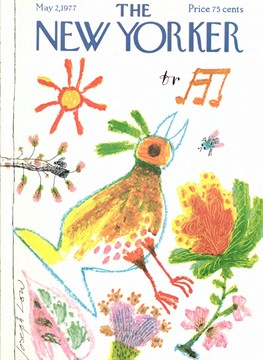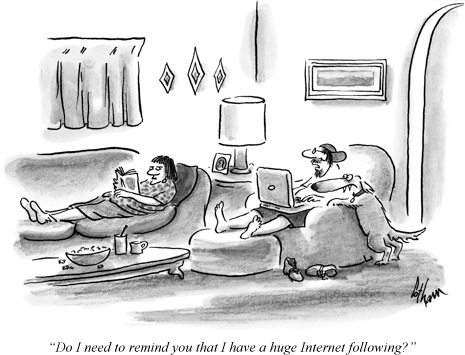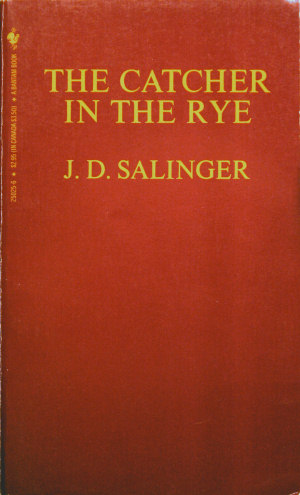httpv://www.youtube.com/watch?v=gCM4JiJ6B2I
Lewis Carroll’s books of fantasy, Alice’s Adventures in Wonderland and Through the Looking-Glass, were important to Frye, and he mentions them frequently in the Notebooks. In the Anatomy of Criticism he says that “the Alice books are perfect Menippean satires, and so is [Charles Kingsley’s] The Water-Babies” (Anatomy 310). Elsewhere, he identifies a quality “of slightly nutty fantasy which has been the characteristic of Oxford from time immemorial” that links works such as The Anatomy of Melancholy, Alice in Wonderland, and the works of the Inklings (C. S. Lewis, J. R. R. Tolkien, and Charles Williams) – the latter products of the Oxford in which Frye himself studied (“The Critic and the Writer,” Collected Works 7:470-71).
Tim Burton’s new film Alice in Wonderland is more of an epic adventure than a Menippean satire, and interestingly enough it combines elements from the two Alice books with elements of The Lord of the Rings, the Narnia stories, and perhaps one or two from The Wizard of Oz. The result is a successful and charming film whose ethos is quite different from the bizarre world created by Lewis Carroll.
The opening of the film effectively represents the famous descent which was the subject of some discussion on the blog last year; thereafter, the story becomes a quest narrative and a struggle against evil. Helena Bonham Carter and Johnny Depp are excellent as the Red Queen and the Mad Hatter. It is a visually stunning film, in Frye’s terminology a triumph of opsis.




